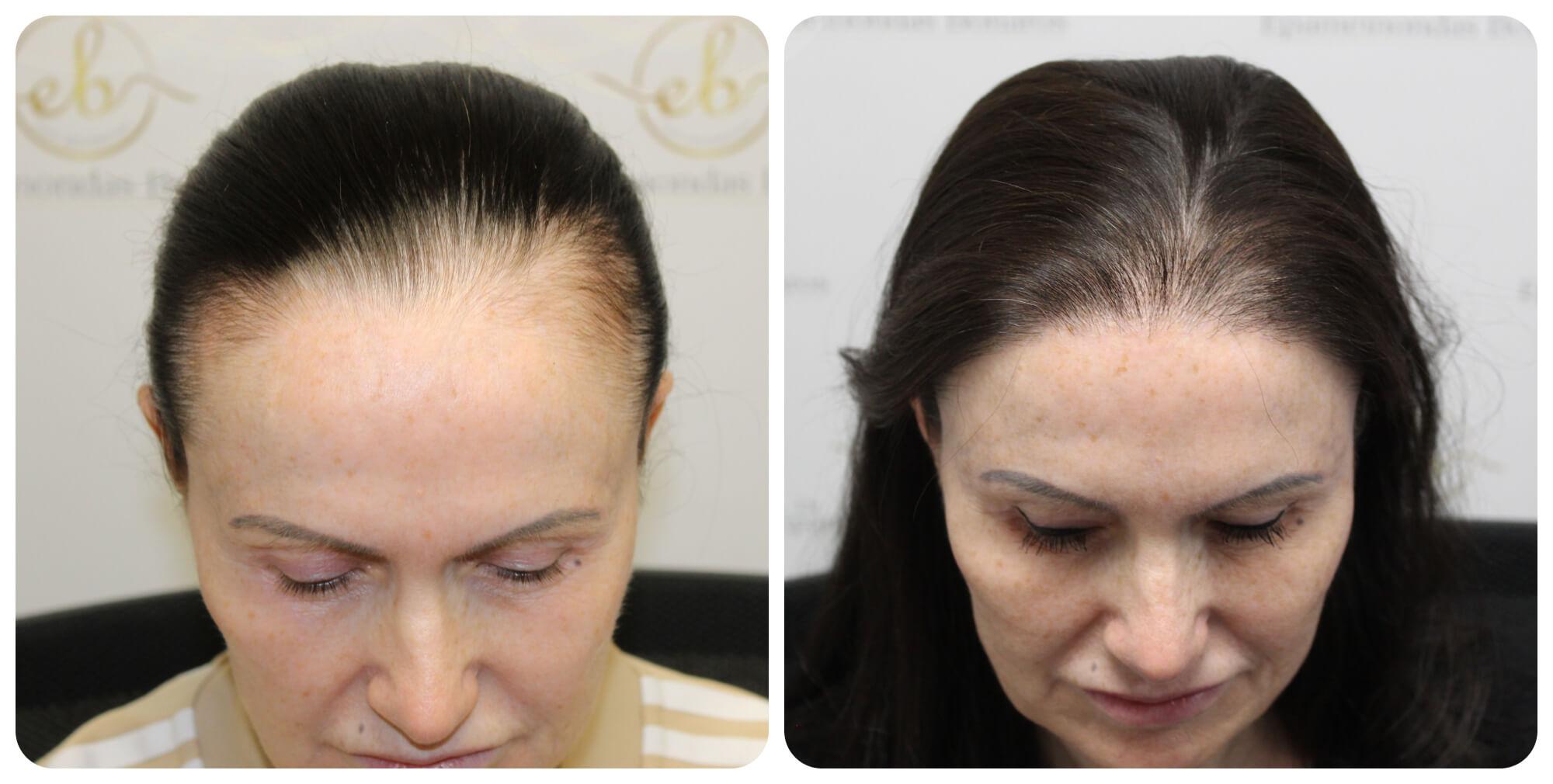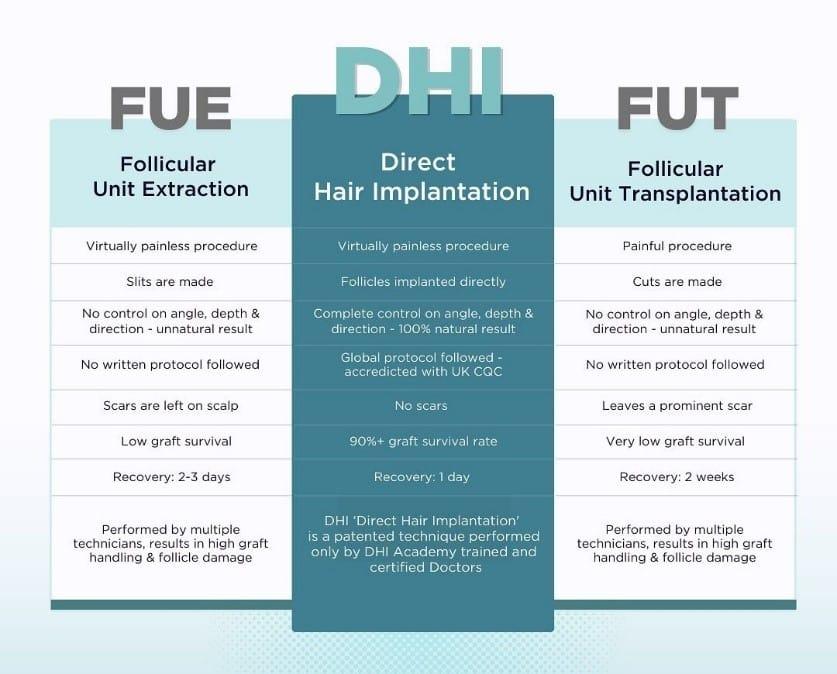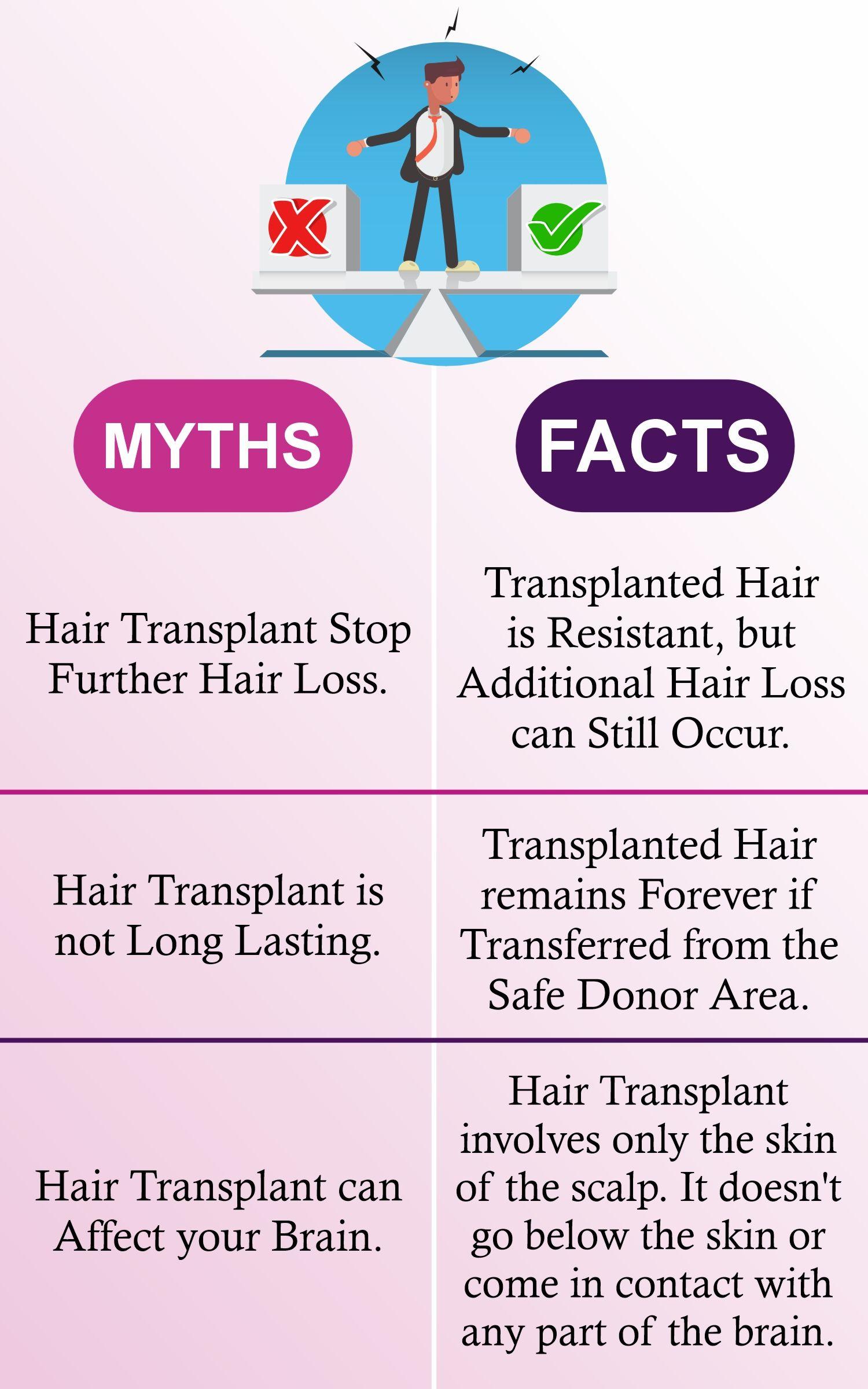When it comes to hair restoration, the burgeoning field of hair transplants often finds itself clouded by misconceptions and myths that can lead to confusion for those seeking solutions to hair loss. From the belief that hair transplants are painful and results are unnatural, to the notion that they are a one-size-fits-all solution, thes myths can deter individuals from exploring a viable path to renewed confidence. In this article, we aim to shine a light on the top five myths surrounding hair transplants, drawing insights from experts in the field to separate fact from fiction. Join us as we navigate through the misconceptions and unveil the truths that could change the way you perceive this transformative procedure. Whether you’re considering a hair transplant or merely curious about the process,this exploration promises to clarify the realities of modern hair restoration techniques.
Understanding Common Misconceptions Surrounding Hair Transplants
many people avoid considering hair transplants due to prevalent misconceptions about the procedure. One common myth is that hair transplants leave noticeable scars. In reality, modern techniques like Follicular Unit Extraction (FUE) involve minimal scarring, often making it undetectable. Patients typically experience a quick recovery and an ability to wear their hair short without revealing any signs of surgical intervention.
Another notable misunderstanding surrounds the notion that hair transplants are exclusively for older individuals. However, candidates can be as young as in their twenties, provided that their hair loss has stabilized. It’s important to note that hair restoration isn’t limited by age but rather by individual hair loss patterns and the underlying cause. when performed by a qualified specialist, patients of varying ages can successfully regain their confidence through natural-looking hair restoration.
Lastly, some people believe that hair transplants result in an unnatural appearance. This misconception stems from outdated techniques that produced a “pluggy” look. Today, advanced methods focus on transplanting individual hair follicles, allowing for a more natural growth pattern. Patients can expect seamless integration with existing hair, offering results that are virtually indistinguishable from a full head of hair.

Expert Insights on the Realities of Hair Restoration Procedures
When it comes to hair restoration procedures, many misconceptions cloud the understanding of potential candidates.Experts consistently emphasize that one of the most persistent myths is that hair transplants yield a wholly artificial result. In reality, advancements in technology and technique, particularly with methods like Follicular Unit Extraction (FUE), allow for a natural-looking hairline that blends seamlessly with existing hair. This technique involves transplanting hair follicles one by one, allowing for a personalized approach that mimics natural growth patterns.
Another common misunderstanding is the perception that hair transplants are only for those with advanced hair loss.Contrary to this belief, experts reveal that individuals at various stages of hair thinning can benefit from these procedures. Early intervention often leads to better outcomes, as it allows surgeons to work with existing hair to create a fuller, more natural look. Furthermore, the age of the patient plays a significant role. Many professionals suggest that individuals in their late twenties to early thirties can see ample benefits from consulting a specialist before proceeding with more aggressive restoration methods.
Lastly, many people think that the recovery process from hair transplants is long and arduous. Though, specialists report that most patients return to their daily activities within a few days, experiencing only mild discomfort. In fact, the majority of hair transplant patients can expect to see initial results within six months, with fuller results emerging in approximately 12 months. To illustrate the timeline of recovery and results, the table below summarizes the key milestones in the hair restoration journey:
| Timeframe | Milestone |
|---|---|
| 0-1 Day | Initial procedure and post-op care begins. |
| 3-7 Days | Most patients resume normal activities; minor swelling may occur. |
| 2-4 weeks | Hair shedding begins; this is part of the natural cycle. |
| 3-6 Months | New hair growth becomes visible. |
| 12 Months | Final results are typically achieved,full density visible. |

Evaluating the Safety and Efficacy of Different Hair Transplant Techniques
When considering hair transplant techniques, it’s crucial to understand both their safety and efficacy, as these factors significantly influence the overall success of the procedure. Among the most recognized techniques are Follicular Unit Transplantation (FUT) and Follicular Unit Extraction (FUE). Each method comes with its own set of benefits and potential risks, making it essential for candidates to grasp their unique characteristics.
FUT, frequently enough referred to as the strip method, involves the removal of a strip of scalp from a donor area, which is then dissected into individual follicular units for transplantation. Although this method can lead to a more significant scar, it typically allows for a higher number of grafts to be harvested in a single session. On the other hand, FUE extracts individual hair follicles directly from the scalp, minimizing visible scarring and allowing for quicker recovery times. However, it may require multiple sessions if a large number of grafts are needed.
Choosing the right procedure is not solely based on personal preference; it also hinges on factors like hair loss pattern, donor hair quality, and individual health conditions. A table summarizing the key distinctions between FUT and FUE can help prospective patients make informed decisions:
| Technique | Scar Type | Recovery Time | Number of Grafts |
|---|---|---|---|
| FUT | Linear scar | 1-2 Weeks | Higher Yield |
| FUE | No Visible Scar | 3-5 Days | Moderate Yield |

Practical Recommendations for Choosing the Right Hair Transplant Specialist
Choosing the right hair transplant specialist is crucial for achieving optimal results. Start by researching the specialist’s credentials and experience. Look for board certifications in dermatology or plastic surgery, and ensure that they have extensive training specifically in hair transplantation techniques. A well-established specialist with a focus on hair restoration will have a proven track record and a portfolio of satisfied clients.
Additionally, it’s important to evaluate the techniques and technologies employed by the specialist. Inquire whether they utilize advanced methods like Follicular Unit Extraction (FUE) or Direct Hair Implantation (DHI). A modern clinic should also use state-of-the-art equipment that enhances the efficiency of the procedure and promotes faster recovery. Here are some key considerations regarding techniques:
| Technique | Pros | Cons |
|---|---|---|
| FUE | Less scarring, quick recovery | May require more sessions |
| DHI | Higher precision, instant implantation | More costly |
don’t overlook the importance of patient reviews and testimonials. Engage with former patients through online forums or social media to gather insights about their experiences.Pay attention to the clinic’s follow-up care and support post-procedure, as these factors significantly contribute to overall satisfaction. Ultimately, your choice of a hair transplant specialist should inspire confidence and align with your personal health and aesthetic goals.
Insights and Conclusions
understanding the realities of hair transplants is crucial for anyone considering this transformative procedure. By debunking the top five myths surrounding hair restoration, we can paint a clearer picture of what to expect and help set realistic expectations. Armed with expert insights, potential candidates can make informed decisions that align with their goals and concerns. Remember, every journey to regain confidence through hair restoration is unique, and knowlege is your most powerful ally. So,as you embark on this path,stay informed,ask questions,and choose what feels right for you. After all, the more you know, the more empowered you’ll be to embrace your new future—one hair at a time.
